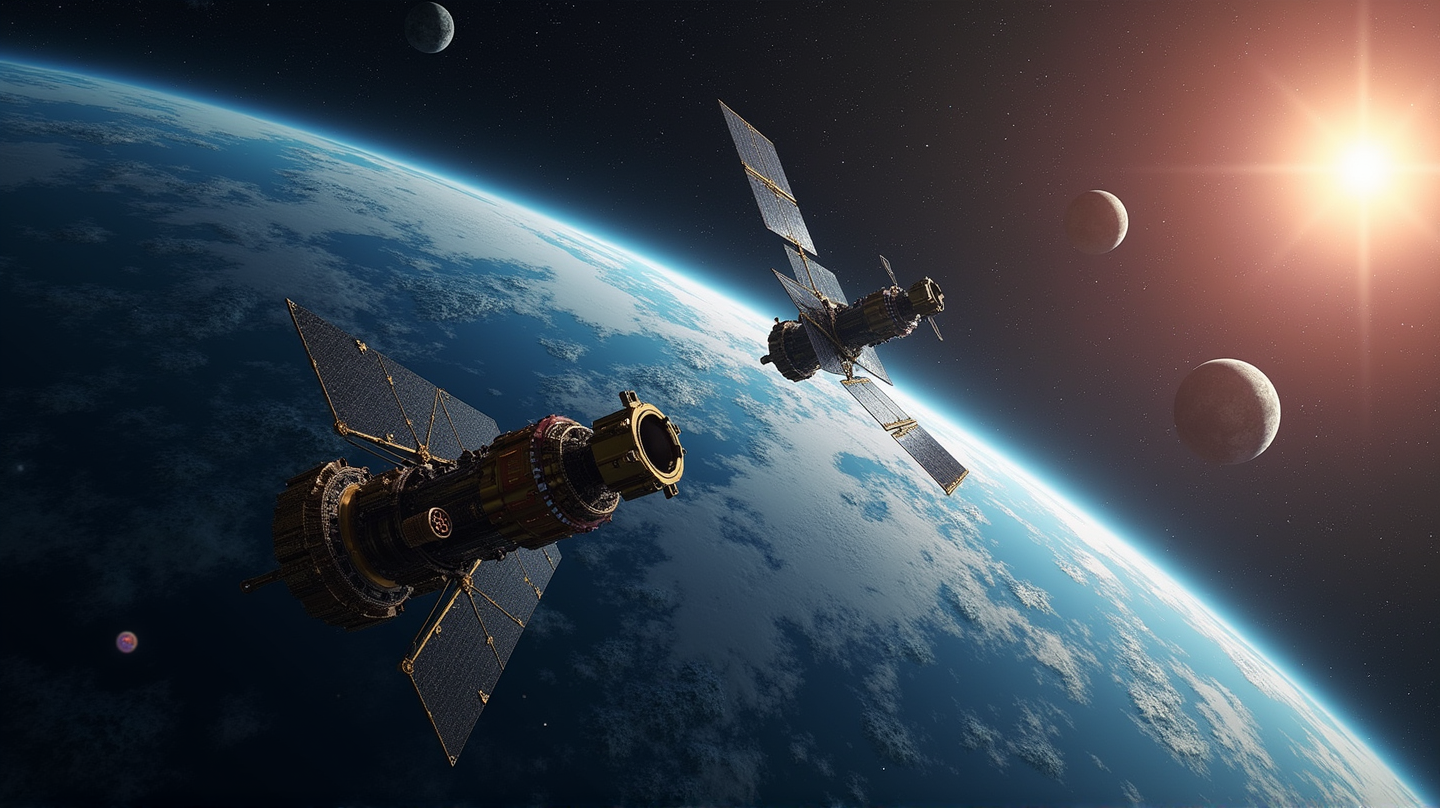A Glimpse Above: Satellite Dynamics
In a time of geopolitical unrest, China’s spy satellites quietly orbit Earth, capturing high-resolution images of strategic locations. Recently, these satellites have been reported to observe Ukraine while Russian missile strikes ensued. The implications of such surveillance have stirred global curiosity and concern.
According to Radio Free Europe/Radio Liberty, experts suggest a strategic motive behind China’s participation. These capabilities could potentially fill the void left by Russia’s aging satellite infrastructure, hindered by Western sanctions and outdated technology.
The Power of Satellite Capabilities
China boasts a vast array of intelligence, surveillance, and reconnaissance (ISR) satellites. While Russia has grappled with aging technology, China’s advancement can deliver higher resolution imagery and unlock 3D mapping potentials. With synthetic aperture radar (SAR), Chinese satellites see through clouds, providing intricate battlefield insights that Russian systems struggle to achieve.
The Russian Perspective: Seeking Strategic Support
Despite Kremlin’s denials, Russia is reported to seek external assistance to bolster its surveillance capabilities. As outlined by international security experts, this reflects Moscow’s need to bridge the gaps in its satellite systems, which are hampered by expensive and outdated Western components.
The potential sharing of advanced data with Russia could transform the dynamics of conflict zones, allowing for more immediate and accurate movement assessments. This edge has previously belonged to Ukraine through Western allies’ assistance but now may be leveled by China’s input.
Motivations and Uncertainties: China’s Endgame
Despite these advancements, it remains unclear how much and what type of data China might be sharing with Russia. Reports bear mixed messages; while some claim collaboration, others highlight China’s strategic interests in gaining conflict insight for its own long-term military planning.
What remains conspicuous is the delicate political balancing act China must perform, maintaining relationships yet not overly aligning or alienating any side.
Data Processing: The True Bottleneck
As vast amounts of satellite data are collected, the critical hurdle lies in processing this information efficiently. While AI prospects promise enhanced data filtering and assimilation, it’s uncertain to what degree Russia can leverage this in its favor.
Understanding battlefield dynamics depends heavily on such capabilities, determining how swiftly and effectively actions can be taken based on satellite intelligence.
Conclusion: Watching the Skies
As these developments unfold, the international community watches keenly, aware of the implications of altered alliances and bolstered surveillance powers. The relationship between satellite technology and military strategy consequently shines light on new dimensions of global security challenges.
From the calm expanse of space, these satellites silently influence the stormy geopolitical landscapes below.
